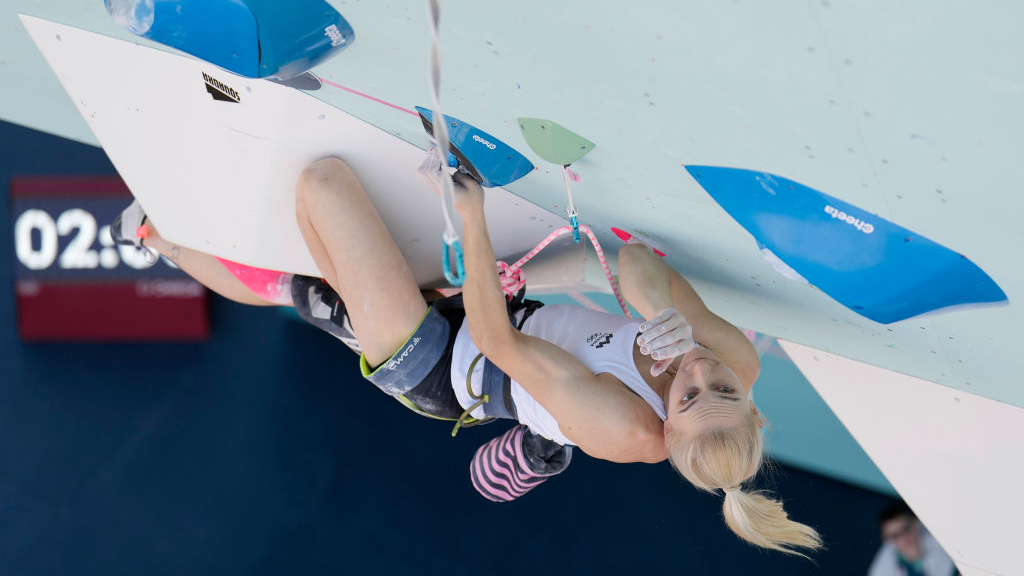Is heel striking bad for you? We delve into the latest research
Is heel striking bad for you? We consider whether heel strikers are more prone to injury and look at how it affects overall running performance
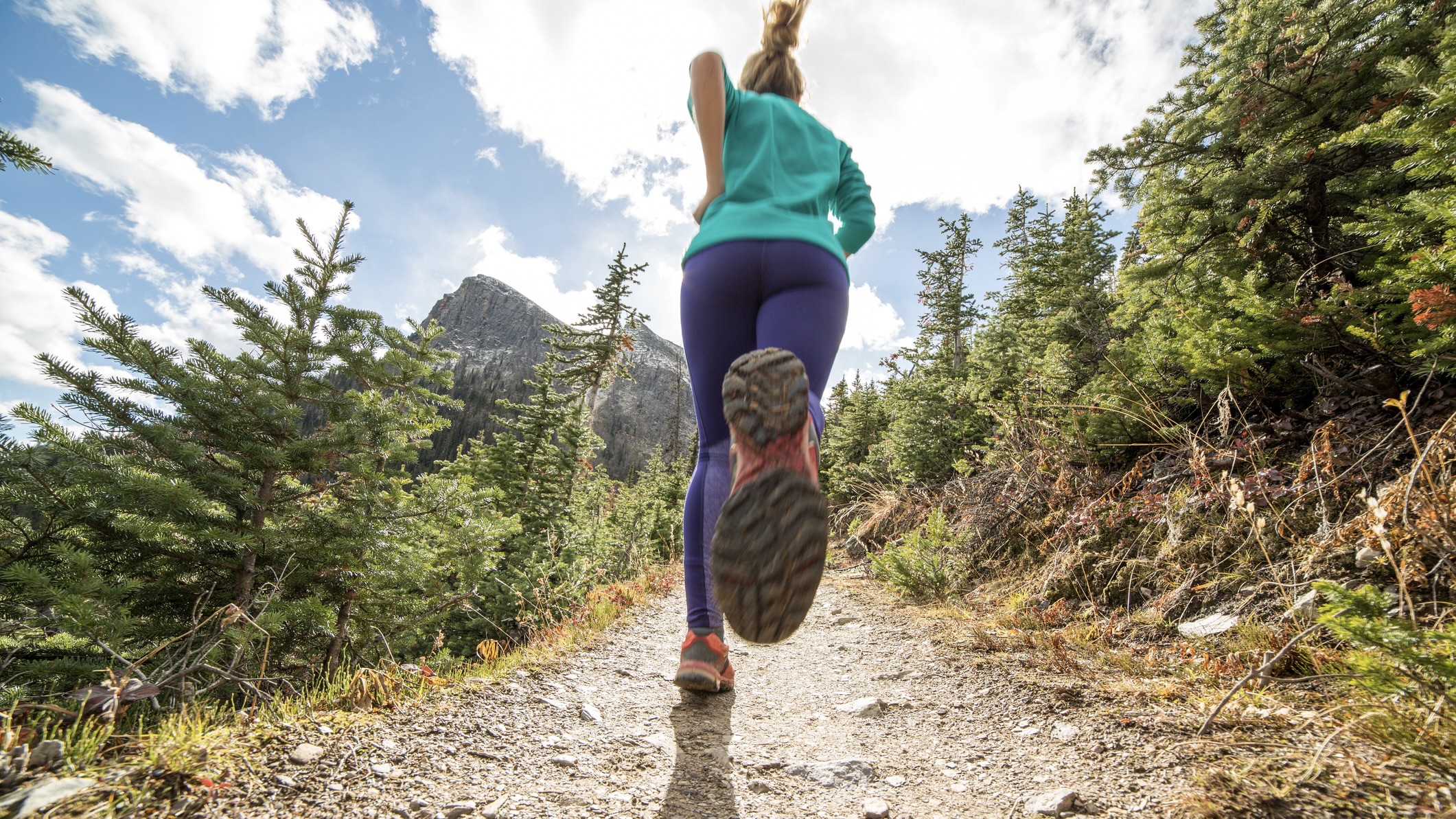
Is heel striking bad for you? When we run, there are different parts of the foot that can make contact with, or strike, the ground first. Runners that first make contact with the rear of the foot (the heel) are known as heel strikers. Others make contact with the midfoot or the forefoot first, often landing on the balls of their feet first. But, which approach is best?
This has been a subject of debate in the running world for as long as we can remember. In 2009, bestseller ‘Born to Run’ by Christopher McDougall was perhaps the biggest catalyst for the subsequent rise in popularity of zero drop trail shoes and the marketing strategies of barefoot brands. One of the key themes from the book was that humans run better barefoot and that such an approach would improve their form and help them avoid injury. Since all this, the H-word has become an object of scorn. “What? You land with your heel? What year are you living in, 1987?”
Yes, those that heel strike when their trail running shoe makes contact with the ground may have felt castigated in the intervening years, with terms like ‘poor running form’ being bandied about. However, attitudes are starting to shift again, it would seem. So, is heel striking bad for you, really?
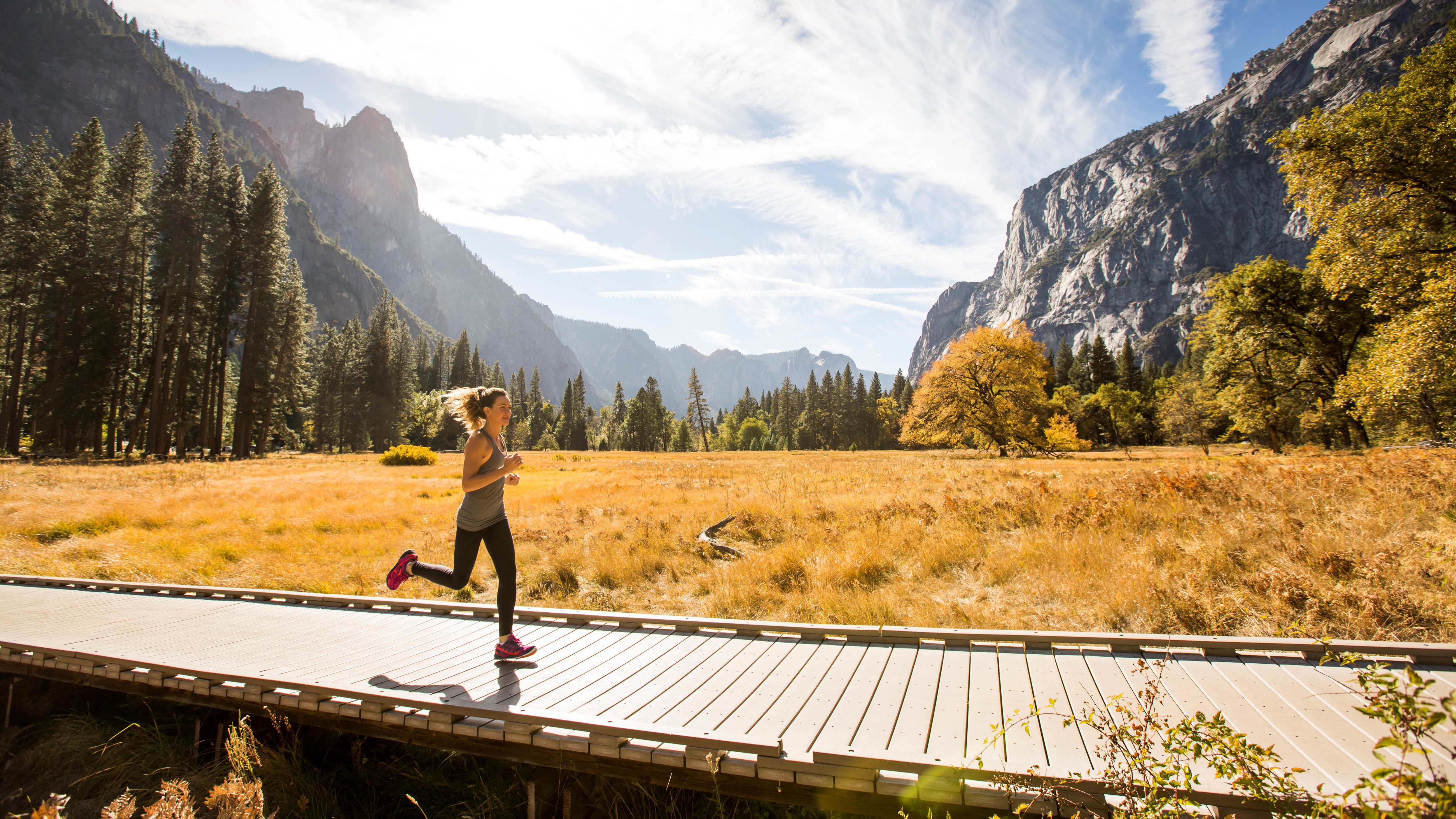
Let’s take a look at each accusation levelled at heel striking, starting with the one thing runners fear above all else: injury.
Does heel striking lead to injury?
A 2019 research piece by Dr Christian Barton of La Trobe University in Melbourne, which analysed the findings of 53 separate studies, concluded that there is no evidence to suggest heel striking increases the risk of injury compared to forefoot striking. The big takeaway was that both styles had advantages and disadvantages. Where heel striking may put more stress on the knees, it puts less stress on the feet and ankles than forefoot striking and vice versa.
Barton goes on to say: ‘Put simply, if it ain’t broken, don’t fix it.’ So, according to this study, it seems that if you naturally heel strike, you should stick to it. In fact, this wisdom is echoed by plenty of others too. In a 2021 feature for Runner’s World, Matthew Klein, a doctor of physical therapy in California, says that the ‘only thing associated with greater injury risk is trying to actively change your foot strike too quickly’.
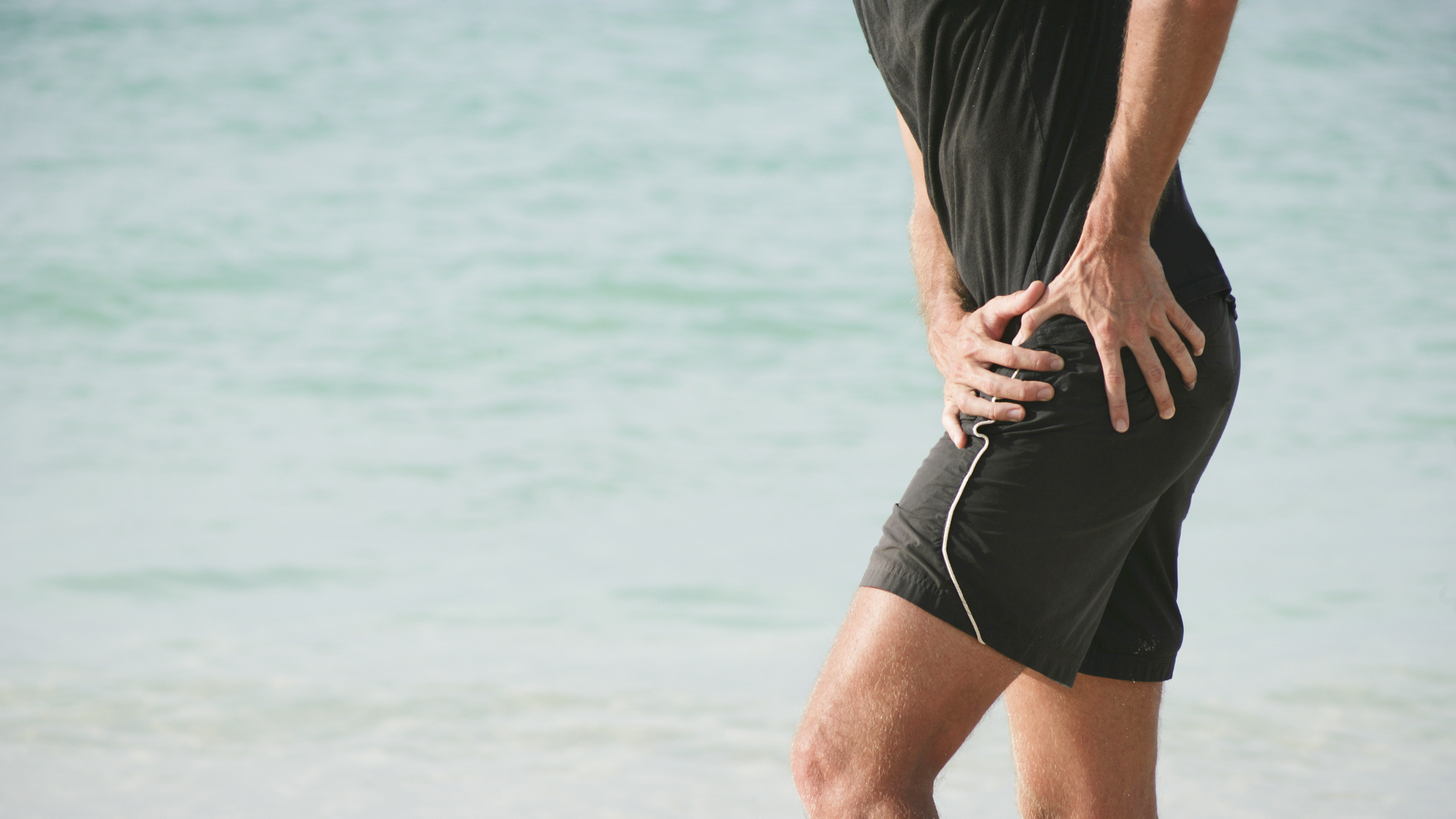
Klein also agrees with Barton when it comes to different foot strikes corresponding to stress on different parts of the body. He says: ‘Forefoot strikers use more joint movement through the ankle, with far less movement through the knee and hip. Heel strikers use less ankle motion, with far more motion through the knee and hip. Different or changing foot strikes don’t change load, they simply shift it elsewhere.’
Advnture Newsletter
All the latest inspiration, tips and guides to help you plan your next Advnture!
This is where getting the correct drop in your running shoes to suit your form is important. The drop is the difference in height between the heel and forefoot of a shoe. Basically, heel strikers should opt for a running shoe with a large drop of around 6mm or above. Whereas, forefoot strikers should opt for less than a 6mm drop.
Does heel striking adversely affect performance?
So, it seems that your foot strike has little or no bearing on your likelihood of receiving an injury, but how does it effect performance? Here, we're talking about long-distance running and not sprinting, where a forefoot strike is indeed the optimal technique.
The majority of runners are heel strikers and that goes for both recreational runners and elite professionals, which would suggest it can't be too bad for overall performance.
There has long been an argument that heel striking increases braking forces and can lead to overstriding and eventually injury. However, overstriding isn't an issue that's exclusive to heel strikers. Meanwhile, some studies suggest that heel striking at slow or moderate speeds is more energy efficient, which explains why many among even the elite run in this way.
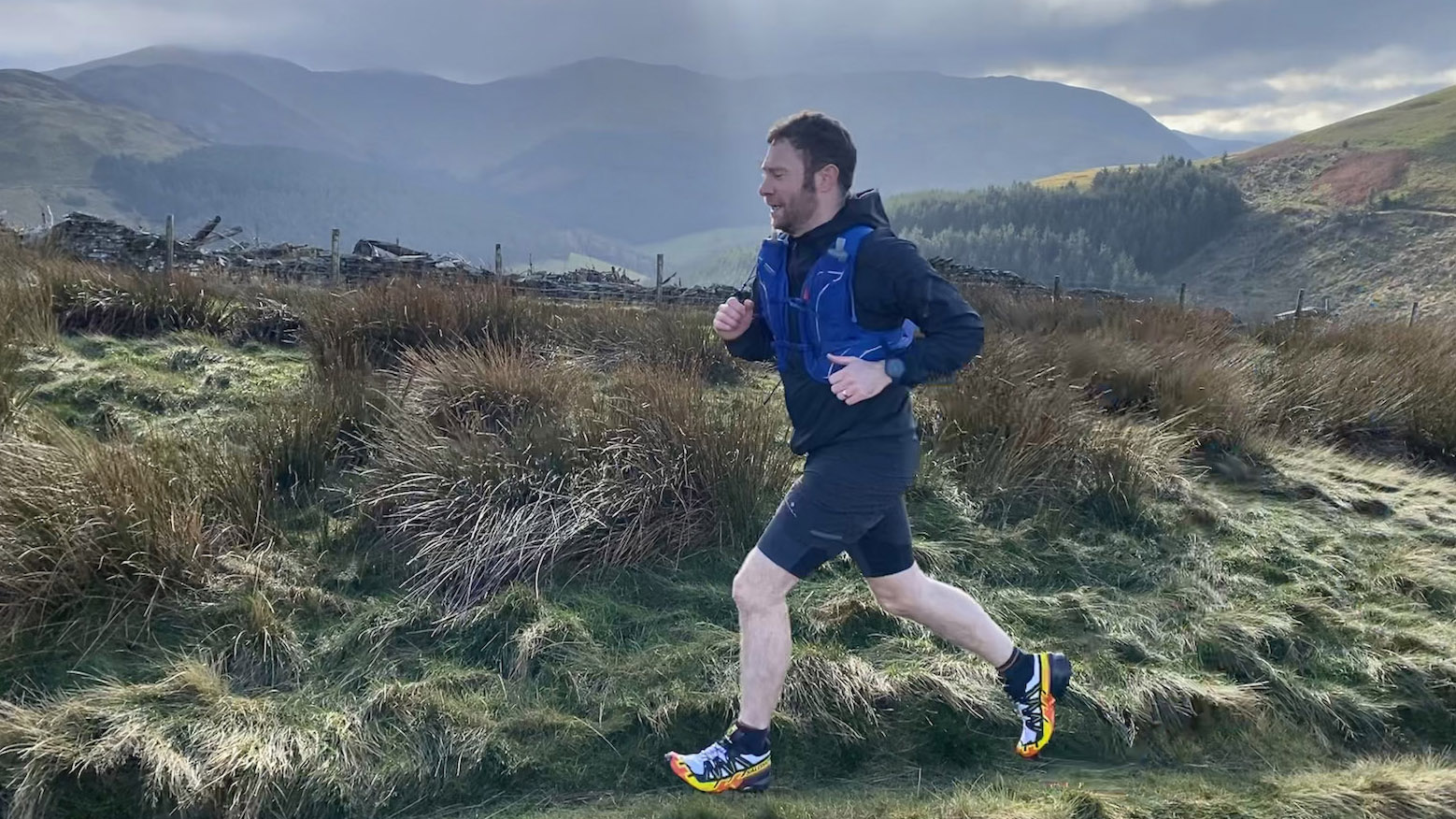
Mitchell Phillips, a UK gait expert, makes a convincing argument in a feature in the Guardian from 2014. He asks: 'If there was any solid truth behind forefoot striking being performance-enhancing, wouldn’t you expect every elite ‘heel’ runner to seriously consider migrating?' He goes on to say that foot placement is very rarely even considered by the elite and that strength and conditioning are much more important.
As there are mixed opinions on this, why don't we look at what the crème de la crème do...
What does Kipchoge do?
Yes, the majority of long-distance runners heel strike but what about the elite within the elite. The first human to ever run a marathon distance in under two hours, Eliud Kipchoge is widely regarded as one of the greatest long-distance runners of all time.
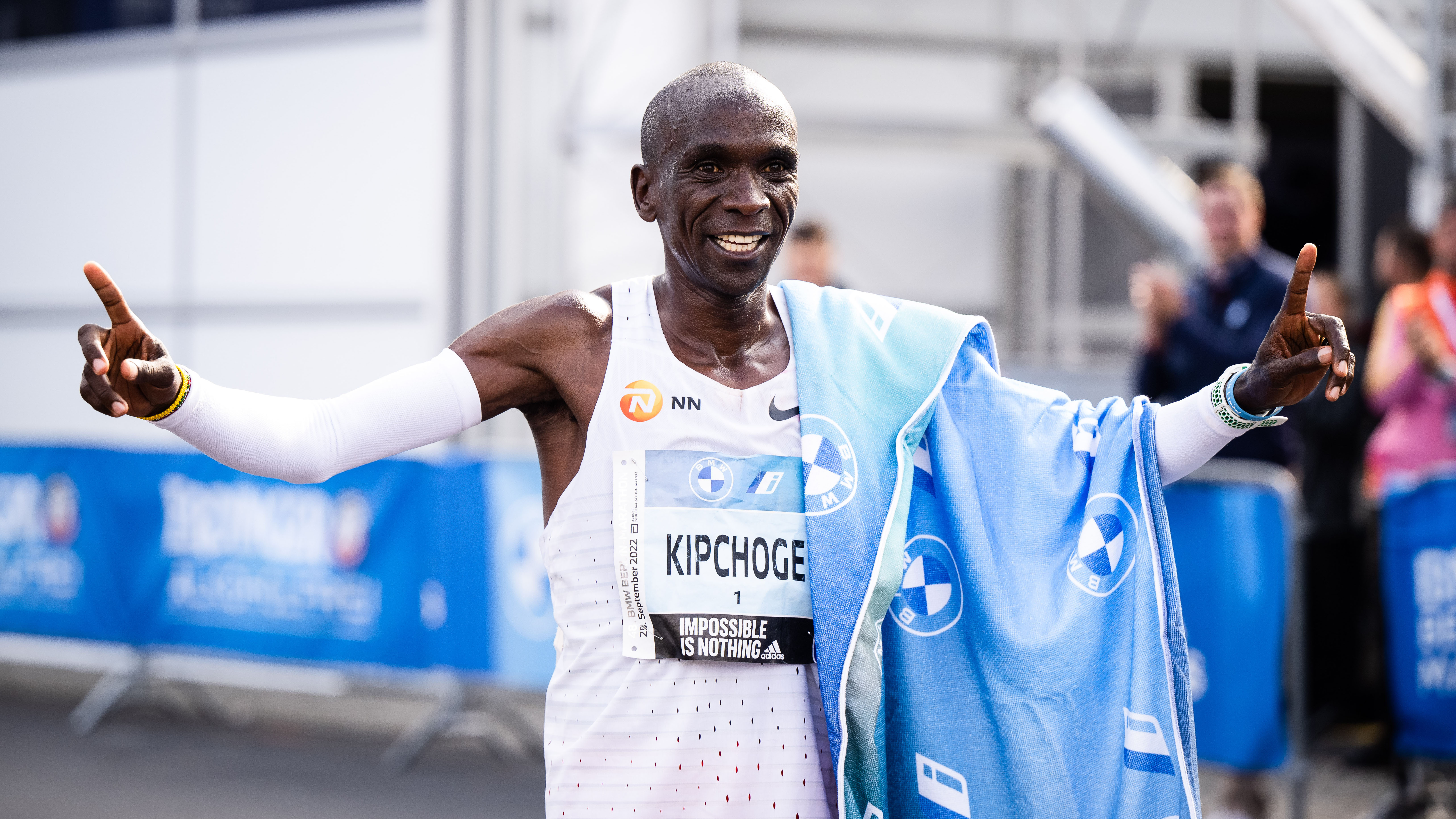
Kipchoge actually runs with a midfoot strike, impacting the ground with the balls of his feet first. His heel then makes contact a split second later, before lifting again after midstance. This technique is energy efficient, allowing the arch of the foot to compress gently and rebound, absorbing the impact and encouraging forward momentum.
What does Jornet do?
Of course, Kipchoge runs on hard, flat surfaces, so isn’t the best example of good form for trail runners. Kilian Jornet is arguably the trail running world’s biggest star, with an incredible hoard of accolades and prizes to his name. What’s his form like?
Back in 2015, a group of researchers from France’s University of Lyon published a report into Jornet’s form, using data from a 45-kilometer trail race Kilian ran – and won, of course – in 2013. Unfortunately, the battery died on the GPS about halfway, but the data that remained still revealed some fascinating insights.
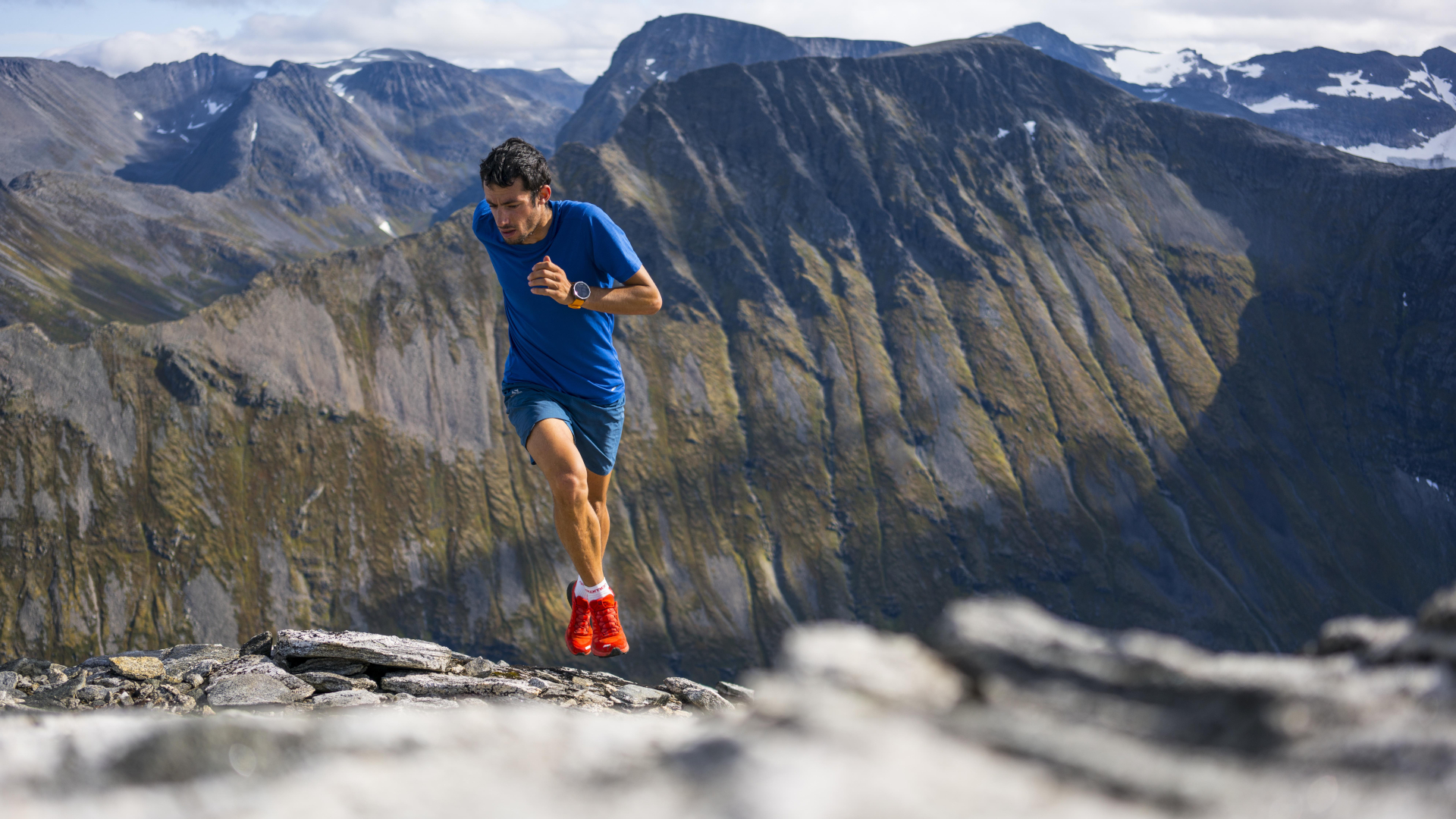
Jornet used a combination of all three main types of foot strike. This may be down to the technical nature of the terrain, or perhaps just down to the way he naturally adapts to what’s below his feet. However, he began the race with a proclivity towards forefoot striking and was running mostly uphill, both of which put stress on calf muscles. As the race progressed, he began to favor heel strikes. It’s thought that he was perhaps subconsciously doing this in order to give his calves a break.
The big takeaway was that trail runners need to be able to switch between different foot strokes depending on the terrain and their own condition at the time. A lot of this is still conjecture, but it does raise some interesting questions.
The verdict
We asked, is heel striking bad for you? A simple answer to this question is no, unless you're naturally a forefoot striker and you try to suddenly change your form.
In terms of injury, while heel striking increases your risk of knee-related injury, it decreases the chance of a calf-related injury compared to forefoot striking. There's very little evidence to suggest it makes a runner more prone to injury. As for performance, again there's very little evidence that heel striking is detrimental. The majority of elite long-distance runners heel strike and it's been suggested that other factors, like strength, conditioning and nutrition, are much more important than the way a runner foot strikes.
Then, once you take to the trails, it's likely you'll need all manner of different techniques, depending on the terrain, the gradients and your own physical conditions at different points in the run.
- Best trail running shoes: tested for grip, stability, and comfort
Alex is a freelance adventure writer and mountain leader with an insatiable passion for the mountains. A Cumbrian born and bred, his native English Lake District has a special place in his heart, though he is at least equally happy in North Wales, the Scottish Highlands or the European Alps. Through his hiking, mountaineering, climbing and trail running adventures, Alex aims to inspire others to get outdoors. He's the former President of the London Mountaineering Club, is training to become a winter mountain leader, looking to finally finish bagging all the Wainwright fells of the Lake District and is always keen to head to the 4,000-meter peaks of the Alps. www.alexfoxfield.com

